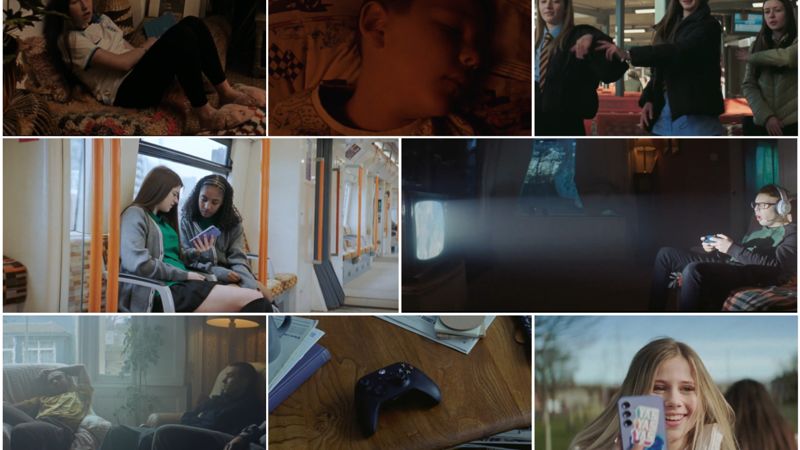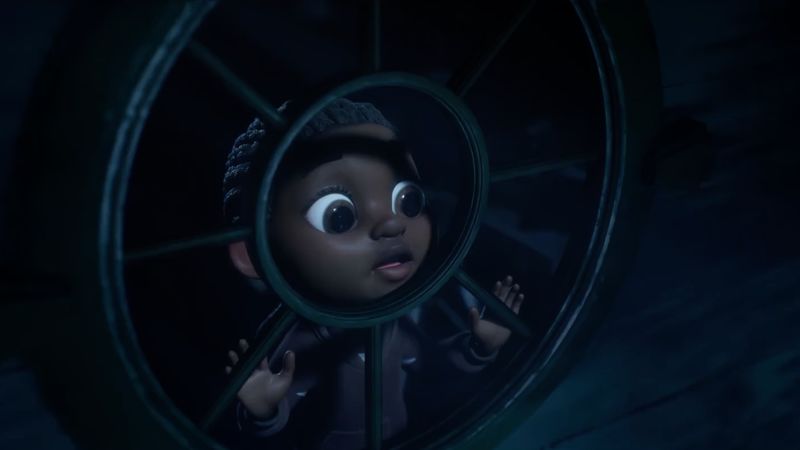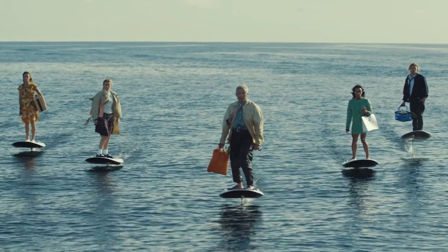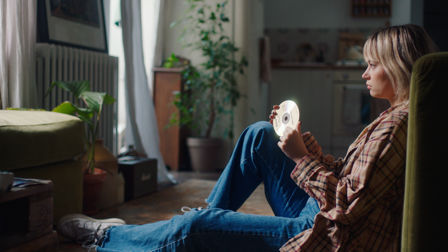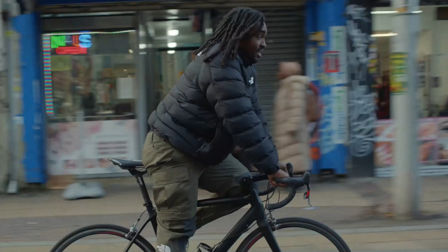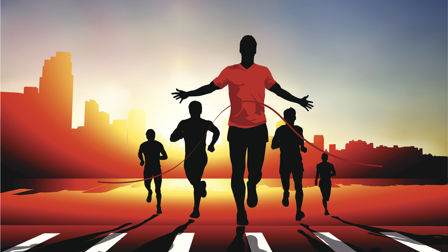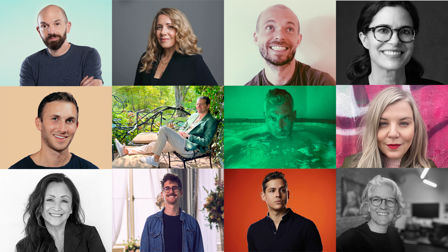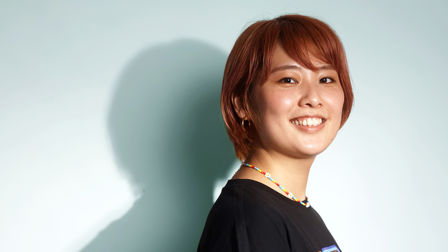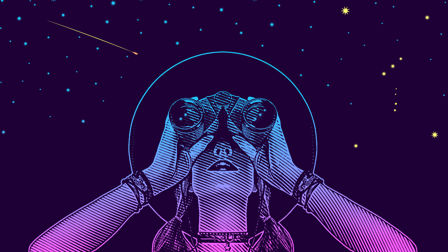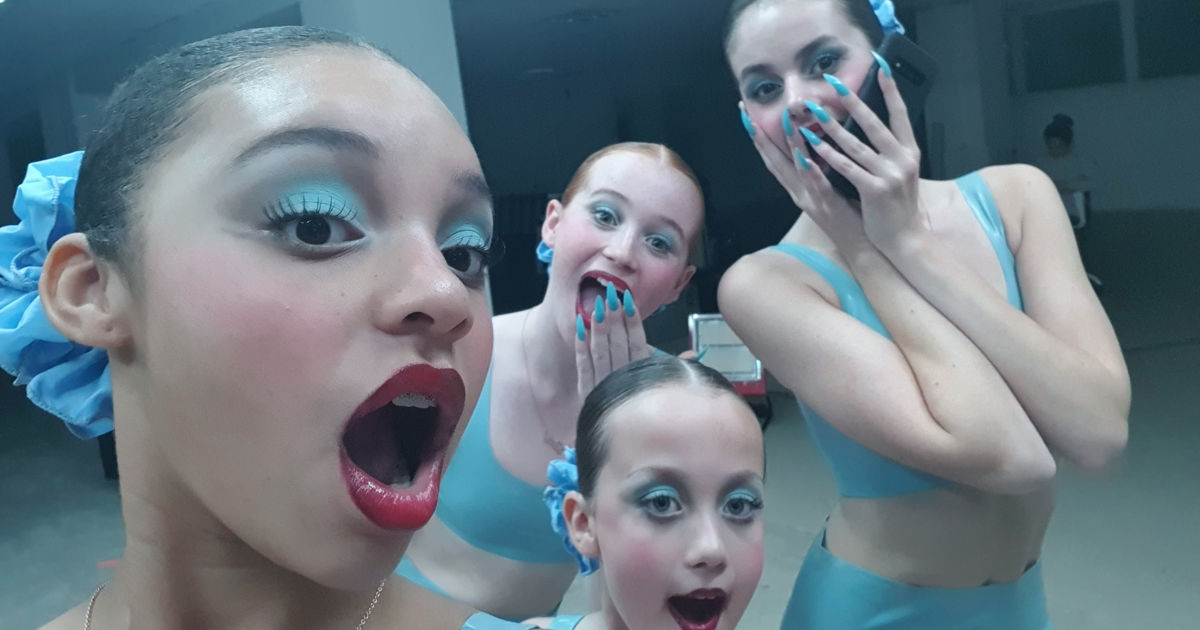How a Beautiful makeover exposed a self-harm epidemic
SMUGGLER director Fiona Jane Burgess explains to shots how her powerful new video for Christina Aguilera's 2002 hit tackles the unattractive elephant in the room – how the beauty industry, social media and the online world has contributed to a potentially toxic environment for children and young adults.
Can you expand on your comment, “This film explores the tension between progression versus regression in terms of beauty standards.”?
I think there’s a kind of tug-of-war going on in the beauty industry, and that’s having a confusing and complicated wider cultural impact.
I think we are definitely beginning to see more inclusion and acceptance of body diversity online and in certain areas of commercial advertising and the fashion and beauty industries at large, however, I think this is in direct conflict with the hyper-perfect presentations-of-self we see online and still exist in most mainstream advertising.
We are creating a cultural environment where it is normal to want to change something about ourselves... There's a generation of teenagers wanting to look like the filters on their phone screens, a sort of Kardashian effect.
This has, whether directly or indirectly, resulted in a rise in self-harm, body dysmorphia, plastic surgery, and a generation of teenagers wanting to look like the filters on their phone screens, a sort of Kardashian effect.
Credits
powered by
-
- Production Company SMUGGLER/London
- Director Fiona Jane Burgess
-
-
Unlock full credits and more with a Source + shots membership.
Credits
powered by
- Production Company SMUGGLER/London
- Director Fiona Jane Burgess
- Editing/Post Production Okay Studio
- Color/Post Production Untold Studios
- Sound Factory Studios/London
- Executive Producer/Managing Director Fergus Brown
- Executive Producer Elizabeth Doonan
- Producer Blair Smith
- DP Andreas Bjorseth
- Production Designer Max Bellhouse
- Editor Joanna Lewandowska
- Producer Carla Thomas
- Colorist Julien Alary
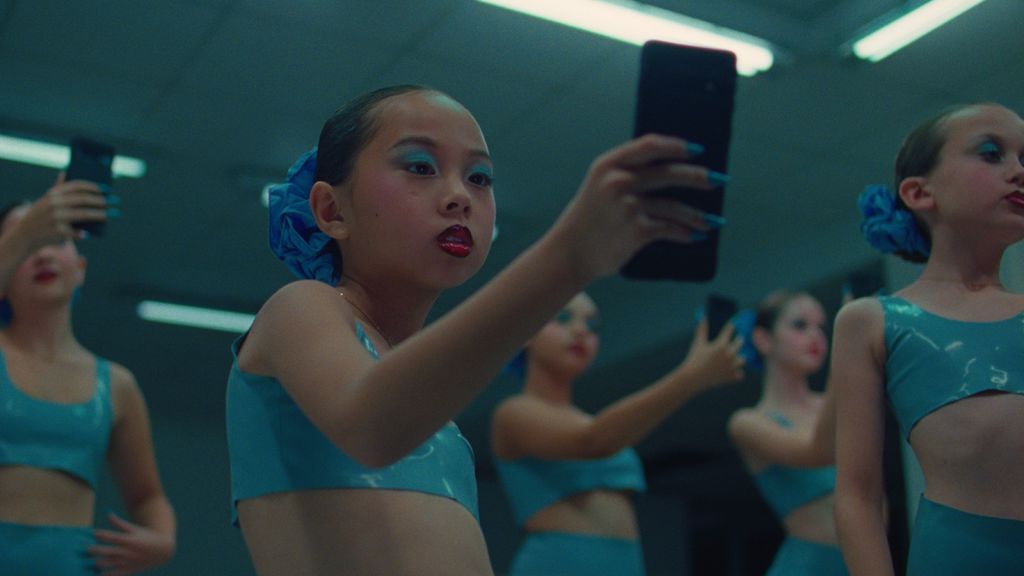
Credits
powered by
- Production Company SMUGGLER/London
- Director Fiona Jane Burgess
- Editing/Post Production Okay Studio
- Color/Post Production Untold Studios
- Sound Factory Studios/London
- Executive Producer/Managing Director Fergus Brown
- Executive Producer Elizabeth Doonan
- Producer Blair Smith
- DP Andreas Bjorseth
- Production Designer Max Bellhouse
- Editor Joanna Lewandowska
- Producer Carla Thomas
- Colorist Julien Alary
I think we are creating a cultural environment where it is normal to wish you looked different in some way, to want to change something about ourselves, to perpetually feel inadequate. Despite a growing inclusion of plus-size models and activists, for example, I worry that it’s easier to feel bad about yourself than it is to feel good.
One study found using social media for as little as 30 minutes a day can negatively change the way young women view their own bodies.
In the past 18 years, the number of cosmetic procedures for men has increased more than 273 per cent and the number of cosmetic procedures for women has increased more than 429 per cent. One study found using social media for as little as 30 minutes a day can negatively change the way young women view their own bodies.
Nearly 80 per cent of young teenage girls report fears of becoming fat. With the endless images, videos and commercials targeted at us online, there’s an inherent conflict in the way we are taught to view ourselves.

On set during the making of Beautiful. All images by Maite De Orbe.
How did the concept for the video come about? Can you outline yours and Aguilera’s motivation behind it?
I was sent the initial brief by the creative team at Sony and they were open-minded in terms of what the film concept could be, but with it being the 20th anniversary re-release I saw it as an opportunity to reflect on the last twenty years.
In 2002 I had just turned 14. When I was first sent this brief I kept wondering how 14 year old me would survive today, with social media and smartphones and filters and selfies. Young people are experiencing the world in ways we didn’t back then, for example via influencers and content creators, and they are also the ones most at risk of being exploited by it. It is increasingly difficult to supervise children’s online activity, and with this film I wanted to highlight the dangers of this, as well as how young people are beginning to react and reject what they are being told (and sold).
The script resonated with Christina on a very personal level.
Luckily, Christina really connected with this concept and felt equally passionate about the importance of the film’s message and for young people to be the focus of this film. The script resonated with her on a very personal level. Christina was so incredibly collaborative and trusting throughout the whole process and really encouraged me to create something powerful, fearless and provocative.
The whole team including Christina, her label and management had a live monitor feed throughout the shoot days and were involved in every aspect of the film’s pre-production. During the edit phase Christina was also involved, leaving voice notes and feeding back on aspects of the edit. It was a really respectful and positive experience. Christina is very much in control of her identity and creative expression, but was also very willing for me to make something that was a true reflection of my aesthetic and cinematic style.
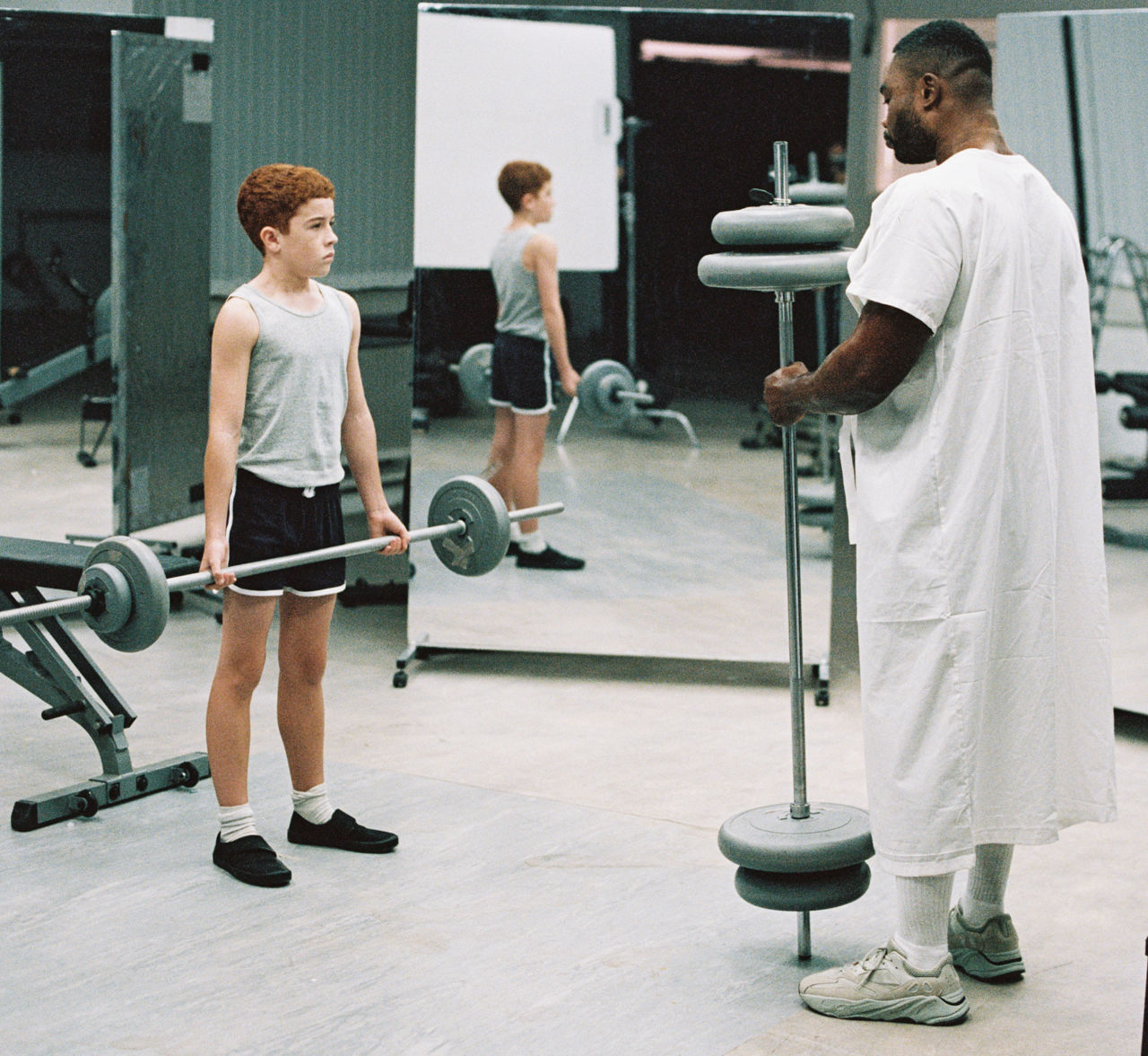
How do you think society can redress the self-doubt and body dysmorphia that social media beauty myths lead to?
It’s very complex. For many years I worked in schools as a digital arts practitioner helping teachers to utilise phones and screens in an educational way. The idea behind this was that we can’t remove smartphones or social media from our lives, they can be amazing tools, so instead let’s look at how we can educate ourselves and young people about how to use them responsibly and safely.
I’ve also worked in an adolescent psychiatric unit as a drama facilitator for nearly a decade, so I've seen firsthand the reality for many young people who are struggling with mental health issues and the relationship to their online existence. Plus, the way we are taught to view and value ourselves as children affects the way we view ourselves as adults. Negative childhood experiences often stay with us well into adulthood.
Young people are the guinea pigs here. Growing up with social media is something no other generation has ever had to contend with.
In order for the film to feel relevant, I needed to look at the radical ways in which the 'beauty' industry and social media are contributing to a self-harm epidemic in teens and young people. This feels like the elephant in the room. It’s something that we all know is happening, but it’s also the one thing we don’t see when we scroll through our feeds. Young people are the guinea pigs here. Growing up with social media is something no other generation has ever had to contend with.
The film is an acknowledgement of the fact that in the last 20 years social media has totally transformed our relationship with our bodies, and in turn, our mental health. Young people are fed images of unrealistic beauty standards via screens and algorithms, and with more images and influencers than ever circulating online, it’s virtually impossible to control what information young people consume.
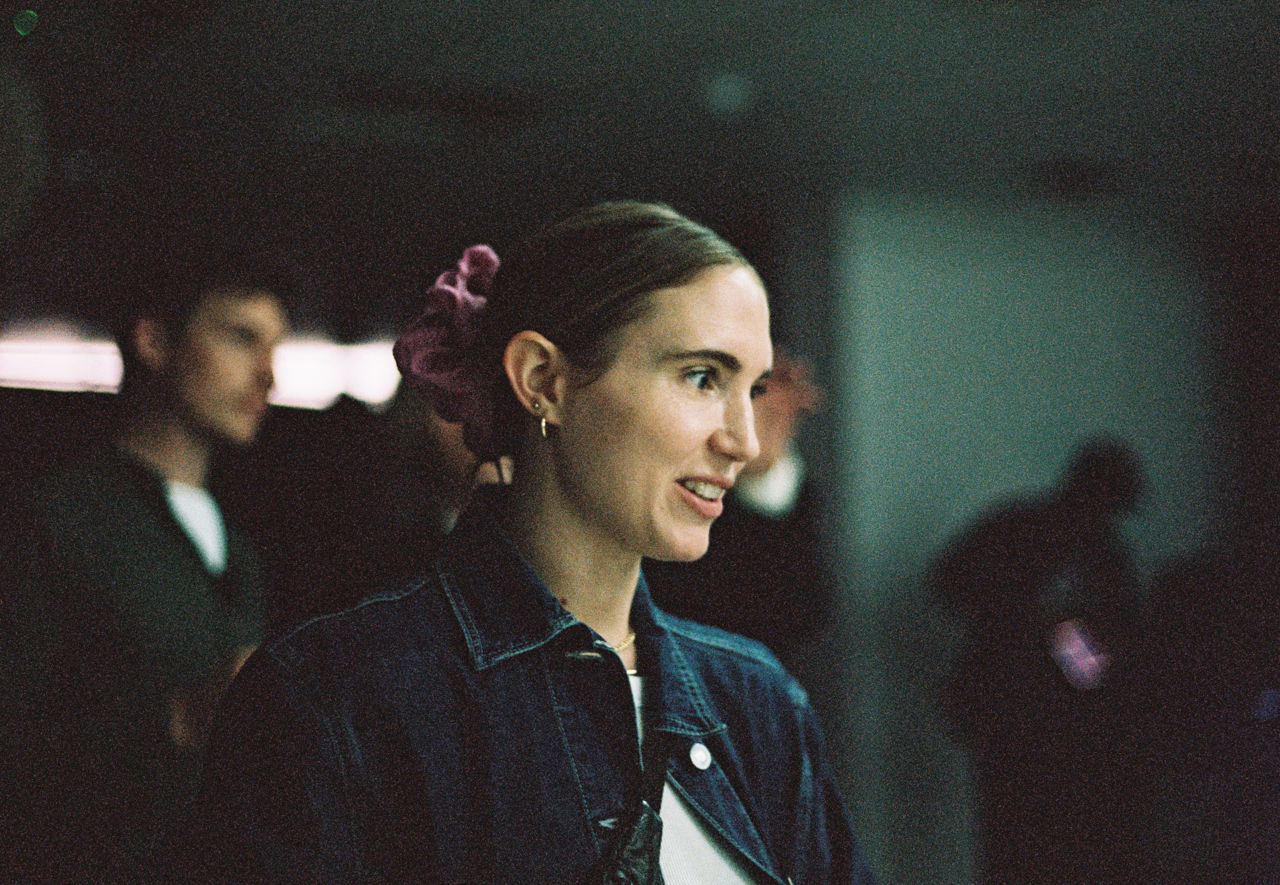
Director Fiona Jane Burgess on set.
I wanted to raise awareness about the small everyday experiences that can shape the way a child learns about what’s seen as 'attractive' and 'unattractive', for example, in order to encourage viewers to question the ways we are contributing to our cultural obsession with body image.
According to a paper published in the British Journal of Health Psychology, more than half of girls and one-third of boys aged six to eight years are unhappy with their body weight.
According to emergency room trends, there’s been a 50 per cent increase in reported self-injury among teenagers since 2009. According to a paper published in the British Journal of Health Psychology, more than half of girls and one-third of boys aged six to eight years are unhappy with their body weight. And more than 80 percent of 10-year-olds are afraid of being 'fat'.
This dysphoria results in more than half of teen girls and about one-third of teenage boys engaging in unhealthy weight loss behaviour such as vomiting, skipping meals, smoking, or taking laxatives.
To summarise, I don’t have a concrete answer of how we can redress the self doubt and body dysmorphia that social media beauty myths lead to, but my hope is that this film can begin a much needed conversation around it. I think an open dialogue is the best catalyst to facilitate change.
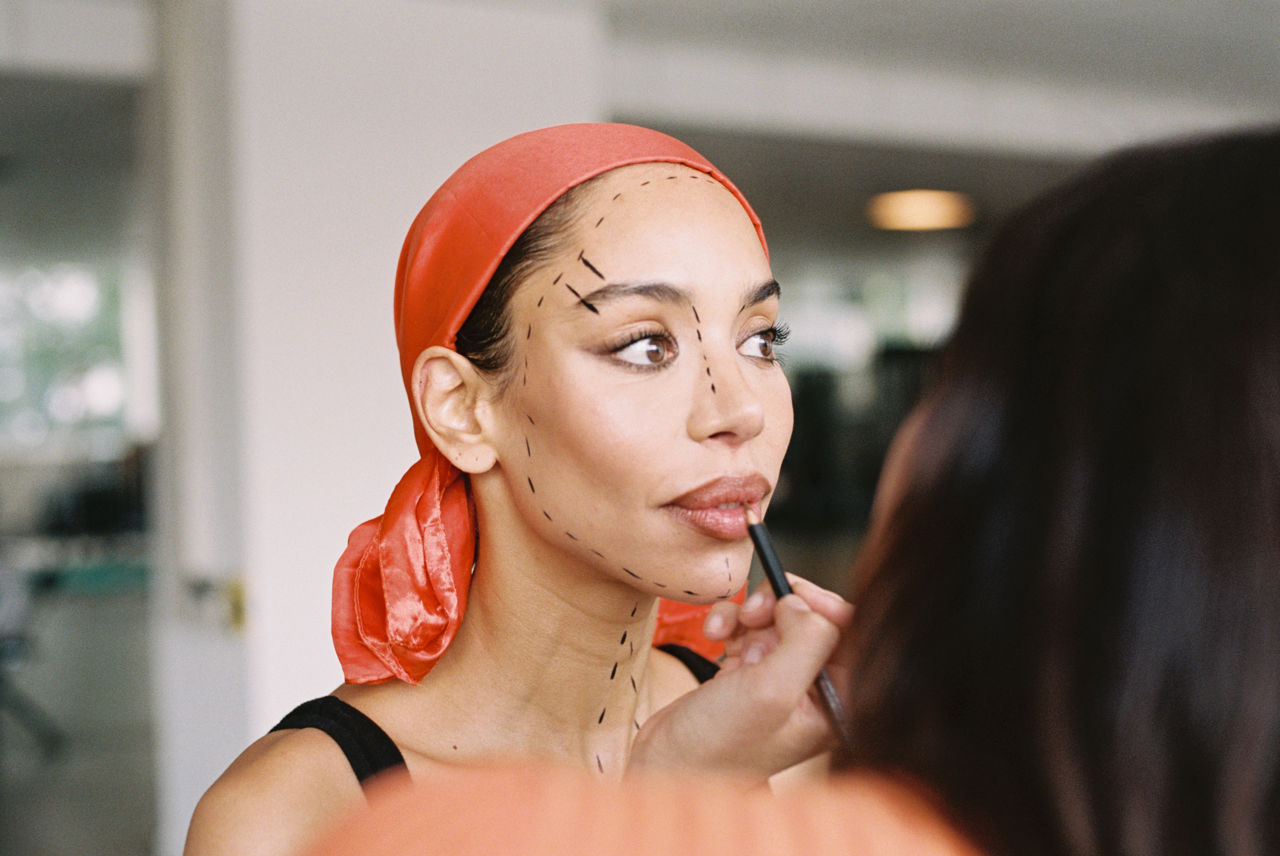
The characters in the film are depicted as lonely and lost in their own inward-facing worlds, is this something you wanted to focus on? Do you think social media fosters more isolation than connection?
This film never intended to show all of the ways social media impacts our lives, since it’s so complex and different for everyone. There are so many positive effects of social media, and I think it has the potential for authentic connection and empowerment.
I was hyper-aware of the importance and sensitivity around the casting and pre-production process.
However, this film was about shining a light on the aspects of social media and our online existence that we don’t often see mirrored back at us. The online world can be incredibly isolating, and scrolling on instagram can also be a kind of self-harm. How many times have you looked online and are left feeling bad about yourself? With this film I wanted to focus on the negative impact it can have, in order to engage in a wider conversation around our relationship with it and its potential harm.
It is uncomfortable to watch seeing pre-pubescent girls pouting and preening in mirrors and phones, yet it is one that is increasingly prevalent in our culture. Can you share how it was for you casting and shooting these young people?
Since I have a background working in community settings with young people I was hyper-aware of the importance and sensitivity around the casting and pre-production process. I worked very closely with Hannah Ashby-Ward at Lane Casting in order to brief everyone during callbacks so they were aware of the concept and content of the film.
There are so many positive effects of social media, and I think it has the potential for authentic connection and empowerment... but with this film I wanted to focus on the negative impact it can have.
We also worked with a wellbeing coordinator and an intimacy coordinator, because the safety and protection of everyone involved was paramount. For me, directing is just as much about the process as the end product. It was so important to me that we fostered a caring, respectful and safe environment for all cast and crew during pre production as well as on the shoot.
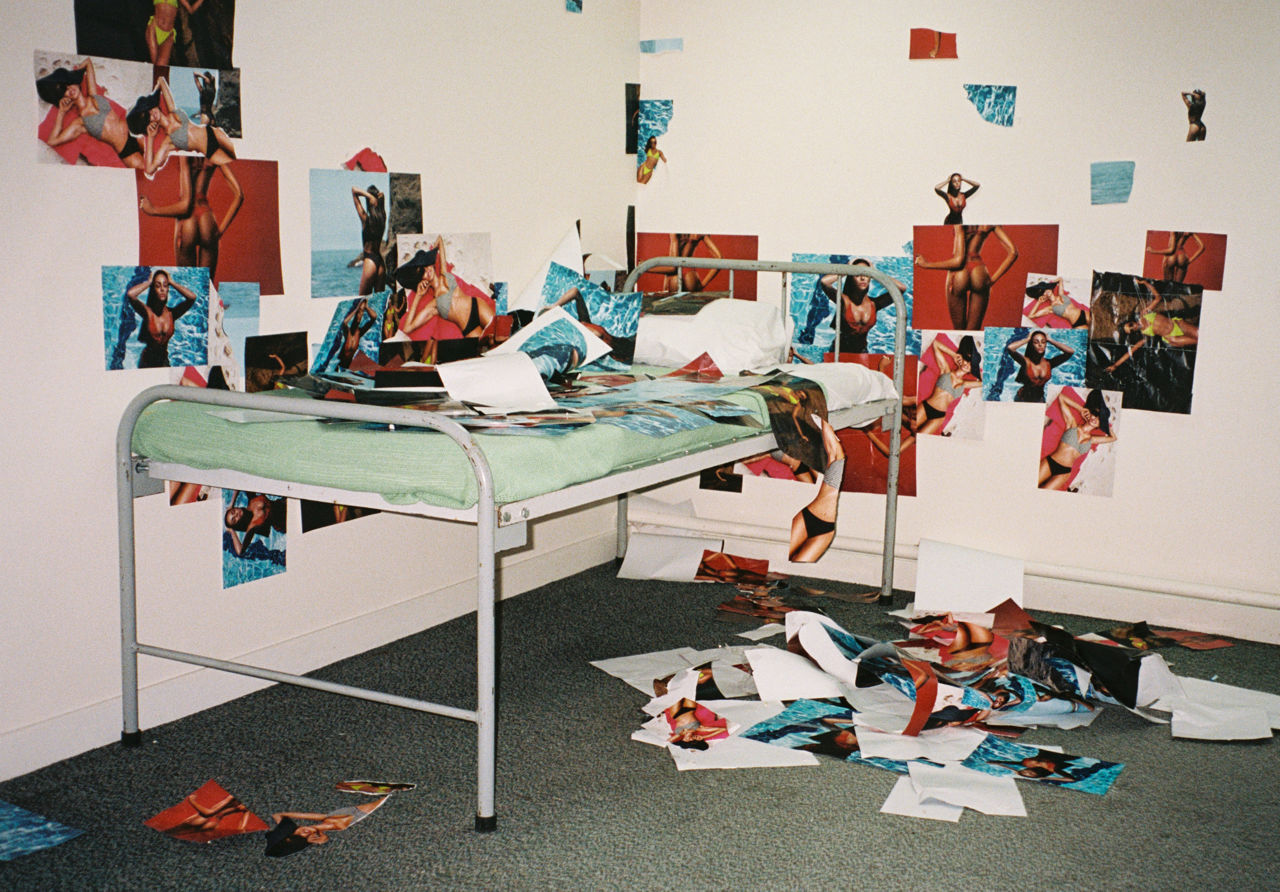
Can you talk us through the video’s ending, it seems to suggest that engaging with nature and connecting with each other is the antidote to online toxicity.
I think that was a very personal decision for me. I grew up in a small town in the UK's Lake District and when I reflect on my childhood it was pretty idyllic in many ways. It was pre-internet, pre-smartphones, filters and selfies, pre-cancel culture. I have vivid memories of playing freely in nature, climbing trees, and creating imaginary worlds. In many ways, I think that’s what childhood should be about.
That said, this film was always metaphorical. It was never intended to be naturalistic, so the main reason I chose to film the exteriors in nature was because I wanted the environment to radically oppose the clinical, oppressive, hostile interiors.
I reflect on my childhood; it was pretty idyllic in many ways. It was pre-internet, pre-smartphones, filters and selfies, pre-cancel culture.
Lighting played a major role here, with fluorescents being the main source of light for the interior scenes and natural light being an integral element in the exteriors. The ending is supposed to encourage viewers to question the role of screens in children’s lives, to reflect on their own childhoods in order to think about the future of our children, how the next generation will be affected if we don’t properly protect them. So it’s really just a visual metaphor for what freedom and human connection looks like.

What were the greatest challenges and biggest highs in making the film?
I think the biggest challenge was actually in the treatment phase, figuring out how to say what I wanted to say in a visual style that resonated with me. Once I figured that out and had a concept and script I felt confident with it was just about bringing it all together.
The biggest highs came on the shoot days, when I could finally see what I’d storyboarded all coming together. That’s the best feeling.
I guess music videos are always hard because you’re working with much smaller budgets than commercials so a lot of my job is engaging people in the concept and persuading them to get onboard. And then there was the logistics of the shoot, which kept changing right up until the day before. I feel very fortunate because SMUGGLER and the production team went above and beyond to help bring the film to life, despite the many challenges.
The biggest highs came on the shoot days, when I could finally see what I’d storyboarded all coming together. That’s the best feeling. I have a great working relationship with DP Andreas Bjørseth so that made the shoot really fun and collaborative, also shooting on 35mm was a dream.
Also at the end of both shoot days I was overwhelmed by the cast and chaperones/parents coming up to me to say that it was the best experience they’d ever had on set. That was a real high for me, knowing that everyone had a great time.
)
